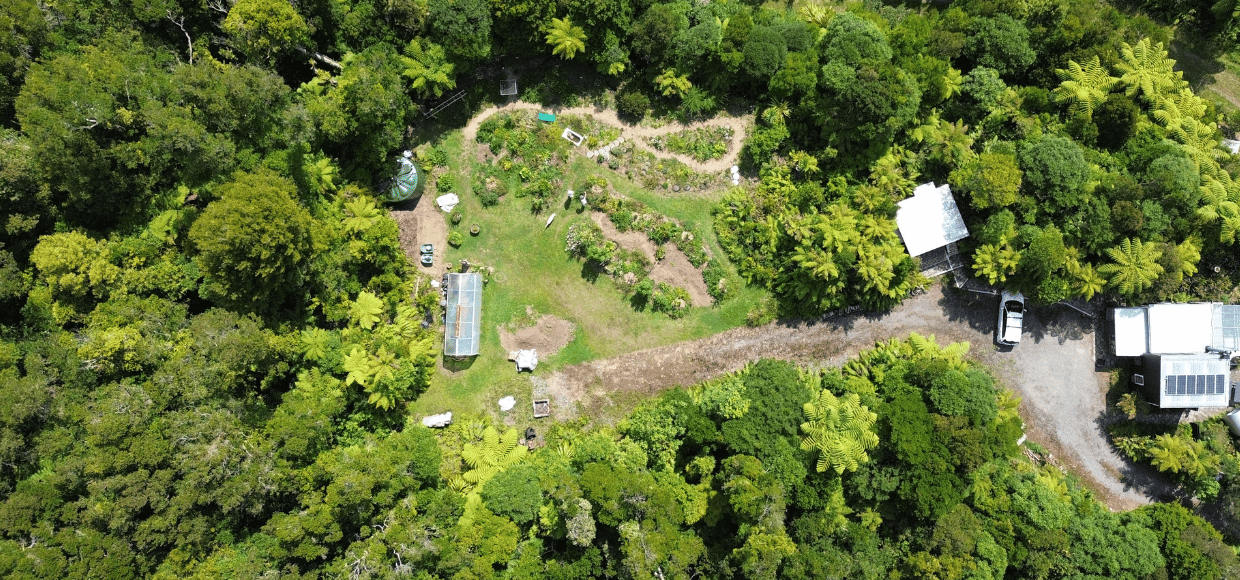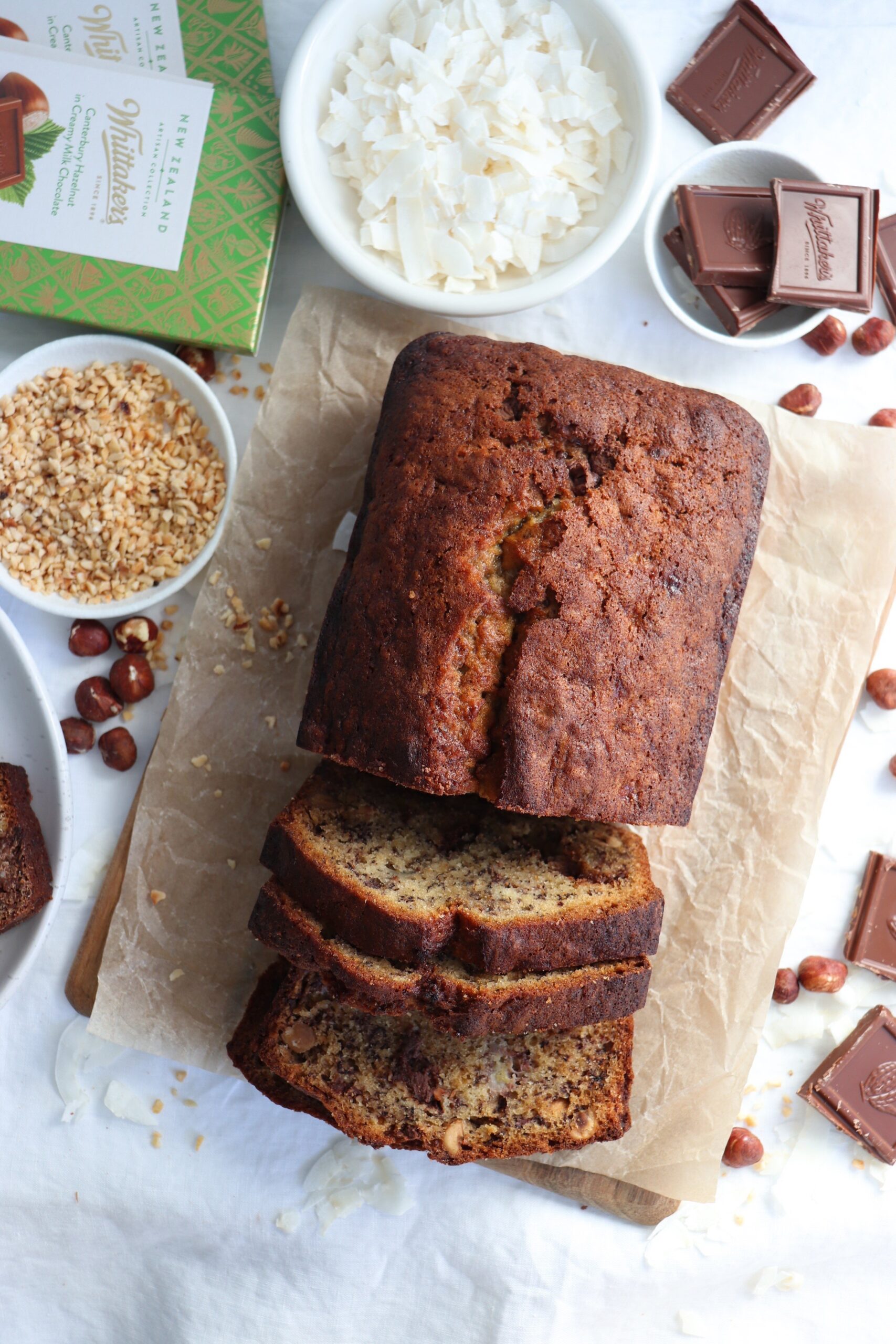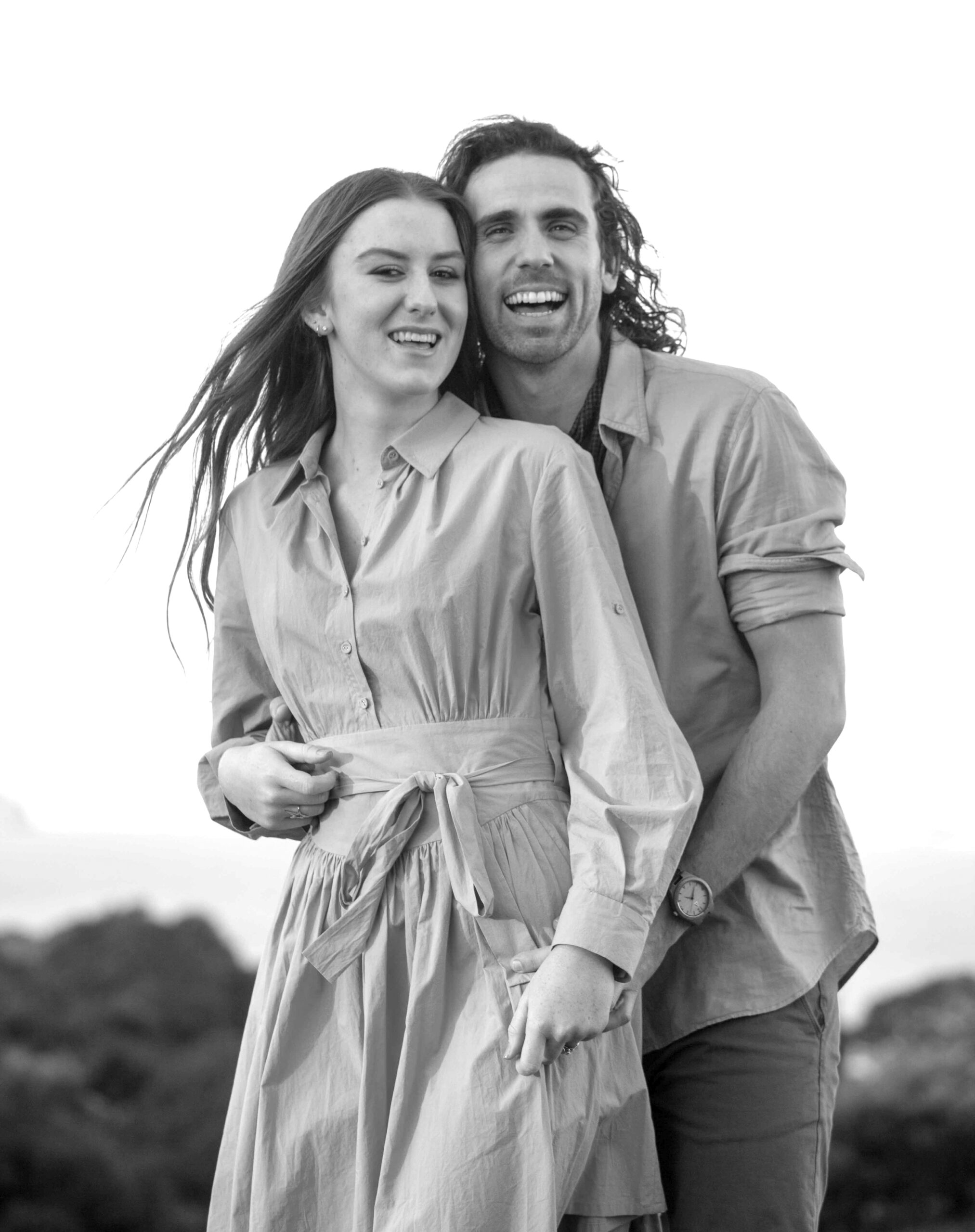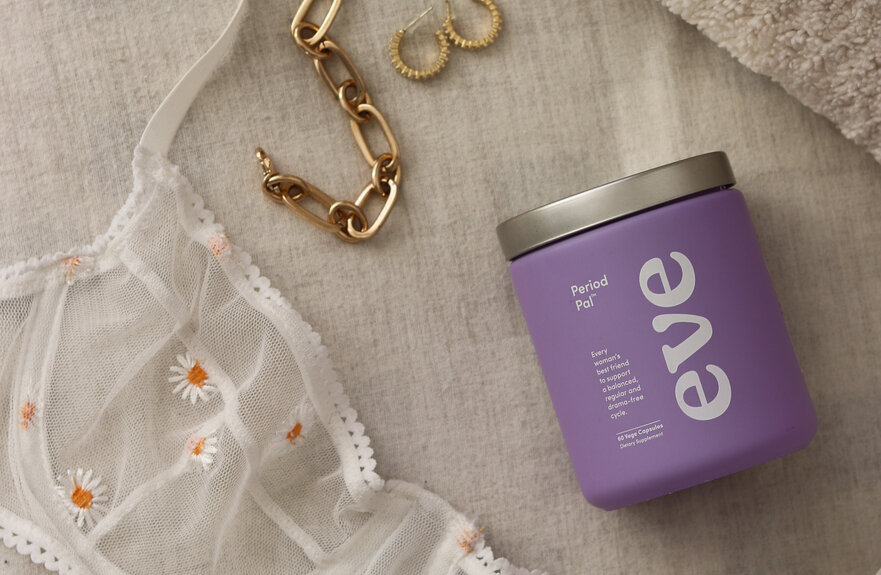As a child, Cat Neale always felt most at home in the garden. While other kids raced bikes or played video games, she was happiest with a hose in hand, patiently watering plants into the evening. Her grandmother owned a small plant nursery, and some of Cat’s earliest memories are of standing in a warm greenhouse, helping apply rooting hormone to tender cuttings.
“When the world wasn’t making sense to me, the plant kingdom was,” Cat reflects. “It was a beautiful constant in my life, and it still is. The land is designed to be a constant for us all, and I feel strongly it will play a crucial role in helping communities reach a higher level of wellbeing.”
That conviction is now embodied in The Medicine Place, Cat’s two-acre off-grid sanctuary in the Pouākai Ranges, Taranaki, where she has created a medicinal garden with more than 100 species of plants. Each is labelled as an invitation to learn, reconnect, and reimagine care in more sustainable, accessible terms.

From Planning to Plant Medicine
Cat’s early interest in people and the environment led her to study regional planning, where she worked for a number of years. Burnt out from the stress of the profession, she eventually sought support from a naturopathic clinic.
“I hadn’t grown up with natural medicine,” she admits, “but because of my love of plants, the concept of working with herbal medicine to feel better just made sense. I had a bit of an awakening during that time. It became clear that I was meant to take my passion for land and people into the area of healing plants and healing people.”
That was over 25 years ago. Since then, Cat has worked full-time as a naturopath and herbalist, guiding others toward balance and wellbeing through the wisdom of plants.

Finding Home in Pouākai
In 2008, Cat and her partner discovered a pocket of land high in the Pouākai Ranges. With native bush, a scrubby clearing and a clear stream running along one boundary, the property spoke to them immediately.
They built a modest house, installed an off-grid system powered by hydro and solar, and added features that celebrated elemental living: an outdoor earth oven and a fire-heated bath positioned under the stars. “My dad had a bath in it not long before he died,” Cat recalls. “I like to think it was one of those quality experiences that supported his end of life.”
This philosophy of creating spaces that nourish both body and spirit continues in her garden today.

Awakening During Lockdown
Although Cat had long dispensed herbal tinctures and extracts to her clients, it wasn’t until the lockdowns that the idea of a medicine garden fully began to grow. With her clinic closed and supplies interrupted, she looked at her land with new eyes.
“I suddenly saw the abundance of plant medicine all around us. It clicked for me that it was time to bring people back to the land directly for their medicine, as part of achieving quality of life. Between the unpredictability of financial, political and environmental systems, we have the capacity to support ourselves in practical, authentic ways. Herbal medicine is a sustainable way of supporting wellbeing that is accessible to everyone.”
The Medicine Place was designed to be a showcase where plants could “tell their stories” and reclaim their place in society’s wellness map.
A Different Way to Garden
True to her philosophy of regeneration and respect, Cat gardens with a light touch. Instead of fighting weeds, she honours them, recognising that many, like plantain, dandelion and chickweed, have valuable properties.
“My philosophy is to interfere as little as possible,” she explains. “It’s about quality of action, not quantity of action.”
Rather than manicured rows, her plants grow in communities, supporting one another as they would naturally. Materials are repurposed — tyres become planters, an old wooden ladder transforms into a trellis. Composting is simple, often just chopping and dropping organic matter back into the soil to recycle itself.






